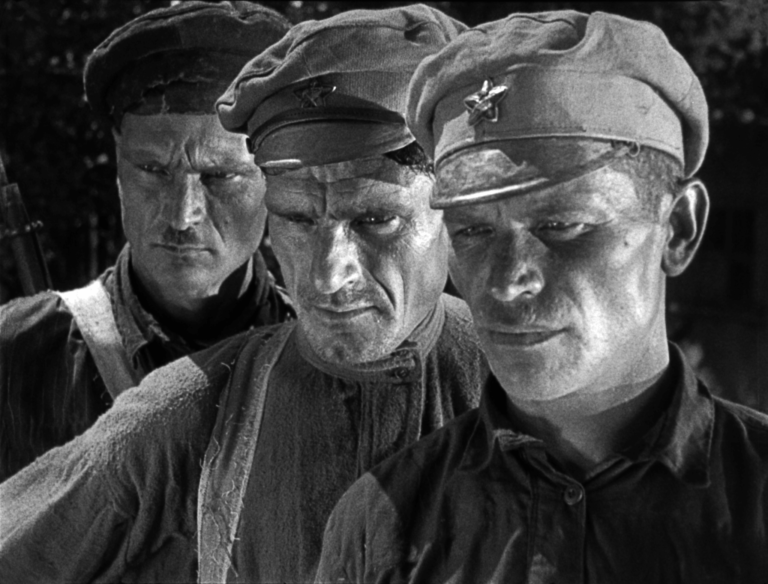+ FOUND +

Bread
The Thousand Nine Hundred and Twentieth Year
1929, VUFKU, Kyiv Film Studio, 6 parts / 1,014 m, 44 min
A Red Army veteran returns to his village. Inspired by the sense of community, he ploughs kulaks’ fields and seeds them with the grains taken away from “common people.”
His father, a man with a traditional world view, does not believe that stolen grains can grow in a stolen land. He lives in the pantheistic world of the Ukrainian ethos, where the sin has its material dimension. However, when the crops come up, the old man admits his son’s truth – to build a new world, old laws of the universe have to be broken.
The film Bread, created by Shpykovskyi the same year as Dovzhenko’s Earth, makes a paradoxical worldview and aesthetic match with it. Although Earth had entered the cinematic canon long time ago, until recently Shpykovsky’s film remained unknown to a wide audience.
In one of rare film annotations, the plot is described in a few words, “The film is to cover the relations of the city and the village around the food problem.” As a matter of fact, Bread seeks to cover a wider historical context. The film is set in 1920. However, which is typical of Soviet utopias, one seed time magically fits a decade of progress including electrification and collectivisation.
Completed in October 1929, Bread was forbidden as a film, which “gives a false idea of a struggle for bread.”
The film was never released. Shpykovskyi, an outstanding director, was erased from the history of Ukrainian cinema. He returned to Moscow and from the mid-thirties stopped filming focusing on scriptwriting.